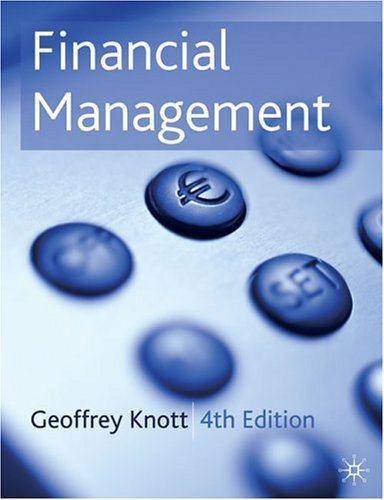Answered step by step
Verified Expert Solution
Question
1 Approved Answer
Consider an option with being a non-negative parameter and the option pays ((S(T)) K)+ at maturity date T. Let C(S(0), , r) be the risk
Consider an option with being a non-negative parameter and the option pays ((S(T)) K)+ at maturity date T. Let C(S(0), , r) be the risk neutral price of the option (with interest rate r and volatility ) when the initial price is S(0). Obviously, C1(S(0), , r) = C(S(0), , r) is the price of an ordinary call option. Show that, C(S(0), , r) = e(1)(r+2/2)TC((S(0)), , r), where r = (r 2/2) + 22/2.
Step by Step Solution
There are 3 Steps involved in it
Step: 1

Get Instant Access to Expert-Tailored Solutions
See step-by-step solutions with expert insights and AI powered tools for academic success
Step: 2

Step: 3

Ace Your Homework with AI
Get the answers you need in no time with our AI-driven, step-by-step assistance
Get Started


